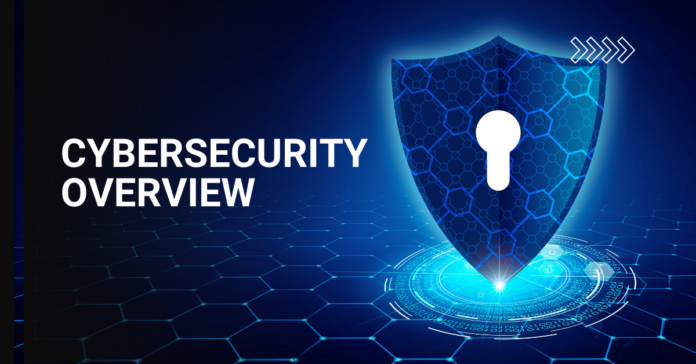Introduction
In today’s digital world, cybersecurity has become more crucial than ever. With increasing cyber threats, data breaches, and hacking attempts, businesses and individuals must prioritize digital security. This article explores the significance of cybersecurity, its challenges, and best practices to stay protected.
For more insights on cybersecurity, visit ArticleTable.
What Is Cybersecurity?
Cybersecurity refers to the practice of protecting systems, networks, and data from cyber threats. It encompasses technologies, processes, and policies designed to prevent unauthorized access and data breaches.
Key Components of Cybersecurity
- Network Security – Protects internal networks from cyber threats.
- Data Security – Ensures sensitive information is encrypted and protected.
- Application Security – Safeguards software and apps from vulnerabilities.
- Cloud Security – Secures cloud-based infrastructure and services.
- Identity and Access Management (IAM) – Manages user access to prevent unauthorized entry.
Why Cybersecurity Is More Important Than Ever
With the rapid adoption of digital technologies, the need for cybersecurity has never been greater.
Increase in Cyber Attacks
- Cyber threats are becoming more sophisticated and frequent.
- Ransomware, phishing, and malware attacks are on the rise.
The Cost of Data Breaches
- Financial losses due to cyber attacks can be devastating.
- Businesses risk losing customers and reputation damage.
Remote Work and Cybersecurity Risks
- Employees working remotely increase exposure to cyber threats.
- Companies need robust security measures to protect remote workers.
Common Cybersecurity Threats
Malware and Ransomware
- Malicious software that damages or disrupts systems.
- Ransomware locks files and demands payment for access.
Phishing Attacks
- Fraudulent emails trick users into providing sensitive information.
- Social engineering tactics manipulate victims into sharing credentials.
Data Breaches
- Unauthorized access to confidential data.
- Can lead to identity theft and financial fraud.
Distributed Denial of Service (DDoS) Attacks
- Overloads a network, causing system failure.
- Affects website availability and disrupts services.
Best Cybersecurity Practices for Businesses and Individuals
Strong Password Policies
- Use complex and unique passwords.
- Implement multi-factor authentication (MFA).
Regular Software Updates
- Keep operating systems and applications up to date.
- Patches fix vulnerabilities and strengthen security.
Employee Cybersecurity Training
- Educate employees on recognizing cyber threats.
- Conduct regular phishing simulation exercises.
Secure Cloud Storage and Backup
- Encrypt sensitive data stored in the cloud.
- Regularly back up important files to prevent data loss.
Implementing a Firewall and Antivirus Protection
- Firewalls block unauthorized network access.
- Antivirus software detects and removes malicious threats.
The Role of Governments and Organizations in Cybersecurity
Cybersecurity Laws and Regulations
- GDPR, CCPA, and other data protection laws enforce security measures.
- Companies must comply with cybersecurity regulations.
Collaboration Between Public and Private Sectors
- Governments and businesses work together to combat cybercrime.
- Information sharing helps prevent large-scale cyber attacks.
Investment in Advanced Security Technologies
- AI-driven cybersecurity solutions detect and respond to threats faster.
- Blockchain technology enhances data security and transparency.
Future Trends in Cybersecurity
Artificial Intelligence and Machine Learning
- AI helps identify threats in real time.
- Automated threat detection reduces response time.
Zero Trust Security Model
- No user or device is trusted by default.
- Continuous authentication and monitoring prevent unauthorized access.
Quantum Computing and Cybersecurity
- Quantum encryption strengthens data security.
- Cybersecurity strategies must evolve to counter quantum threats.
Conclusion
Cybersecurity is a critical aspect of the digital age. Individuals and businesses must adopt proactive measures to protect data and systems from cyber threats. Investing in cybersecurity tools, following best practices, and staying informed about emerging risks are essential steps in securing the digital landscape.
For more cybersecurity insights, visit ArticleTable.
Related Resources
- Sunray Click – Latest cybersecurity news and updates.
- Cybersecurity & Infrastructure Security Agency – U.S. government cybersecurity resources.
- National Cyber Security Centre – UK cybersecurity guidelines and reports.
By prioritizing cybersecurity, businesses and individuals can navigate the digital world with confidence and security.
